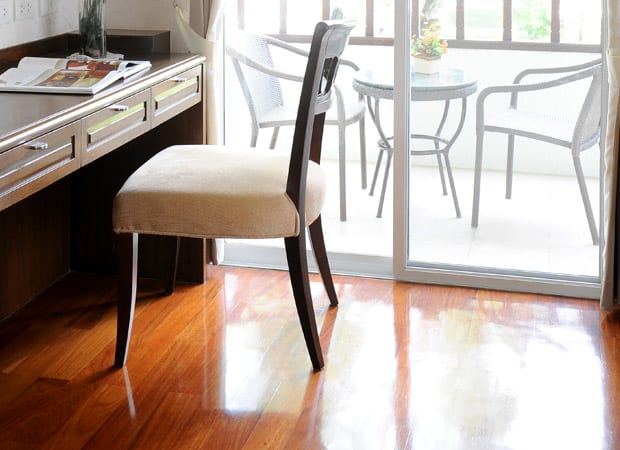Laminate flooring is a popular choice for homeowners due to its affordability, durability, and ease of installation. Here's what you need to know about laminate floors:
-
Composition: Laminate flooring is typically composed of multiple layers:
- Wear Layer: This top layer is a clear, protective finish that resists scratches, stains, and fading.
- Design Layer: Below the wear layer is a high-resolution photograph of wood, stone, or tile, which gives the laminate its appearance.
- Core Layer: The core layer is usually made of high-density fiberboard (HDF) or medium-density fiberboard (MDF), providing stability and moisture resistance.
- Backing Layer: The bottom layer provides stability and moisture resistance, usually made of melamine resin.
-
Appearance: Laminate flooring comes in a wide range of designs, mimicking the look of hardwood, tile, stone, or other materials. It can replicate various wood species, including oak, maple, cherry, and more, as well as different tile or stone patterns.
-
Durability: Laminate flooring is known for its durability and resistance to scratches, stains, and fading. However, its durability can vary based on the quality of the product. Higher-quality laminate with a thicker wear layer tends to be more durable and long-lasting.
-
Installation: Laminate flooring is designed for easy installation, often using a click-and-lock mechanism that allows planks to snap together without the need for glue or nails. This makes it a popular choice for DIY projects.
-
Maintenance: Laminate floors are relatively easy to maintain. Regular sweeping or vacuuming to remove dust and debris, along with occasional mopping with a damp cloth or laminate floor cleaner, is typically all that's needed to keep them clean. Avoid excessive moisture, as standing water can damage laminate flooring.
-
Cost: Laminate flooring is generally more affordable than hardwood, stone, or tile flooring, making it an attractive option for budget-conscious homeowners. However, prices can vary depending on the quality, thickness, and design of the laminate.
-
Versatility: Laminate flooring can be installed in virtually any room of the house, including bedrooms, living rooms, kitchens, and even bathrooms, as long as proper precautions are taken to prevent water damage.
-
Environmental Considerations: While laminate flooring is often considered more environmentally friendly than hardwood flooring because it uses less wood, it is still a synthetic product made from resins and other materials. Look for laminate flooring with low levels of volatile organic compounds (VOCs) if environmental concerns are important to you.
-
Warranty: Many laminate flooring manufacturers offer warranties that cover defects, wear, and fading. Be sure to review the warranty details before making a purchase.
-
Limitations: While laminate flooring is durable, it can be susceptible to moisture damage if water seeps between the seams or if there are spills that aren't promptly cleaned up. Additionally, it cannot be refinished like hardwood floors, so deep scratches or damage may require replacement of the affected planks.
Overall, laminate flooring offers an attractive, durable, and affordable flooring option for homeowners looking to achieve the look of hardwood, tile, or stone without the high cost and maintenance requirements.








